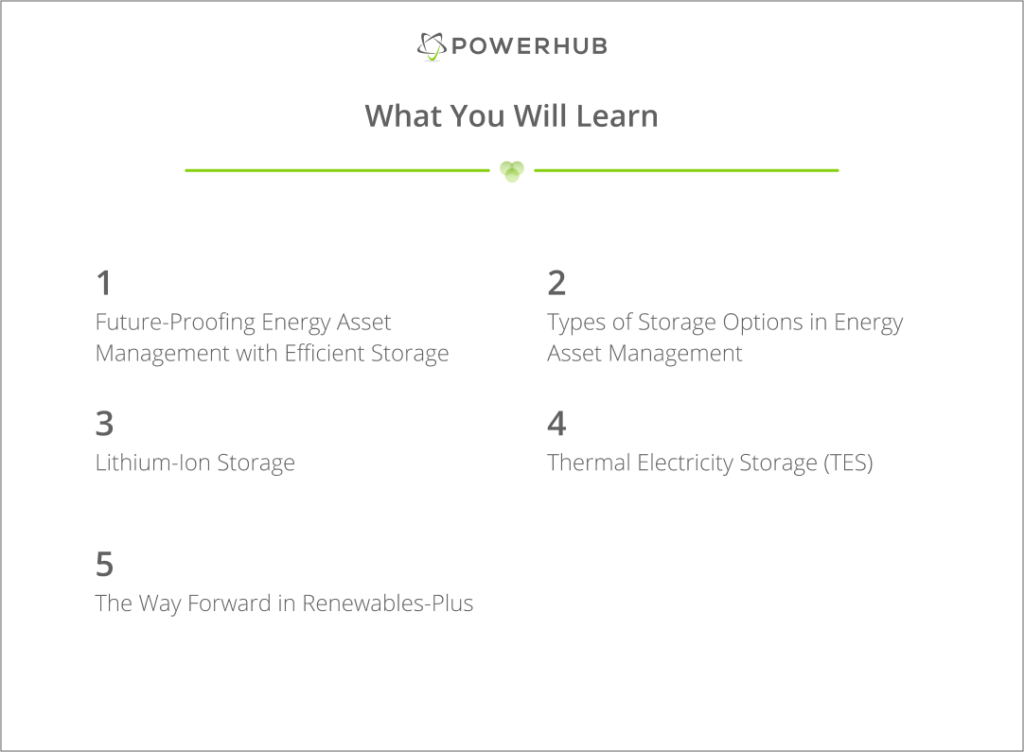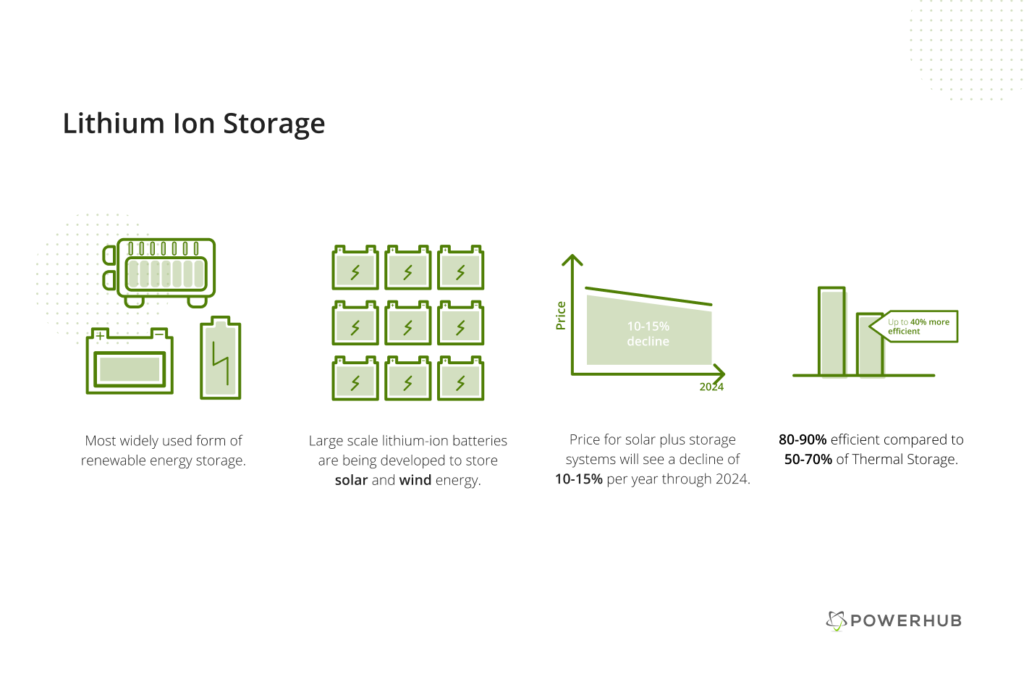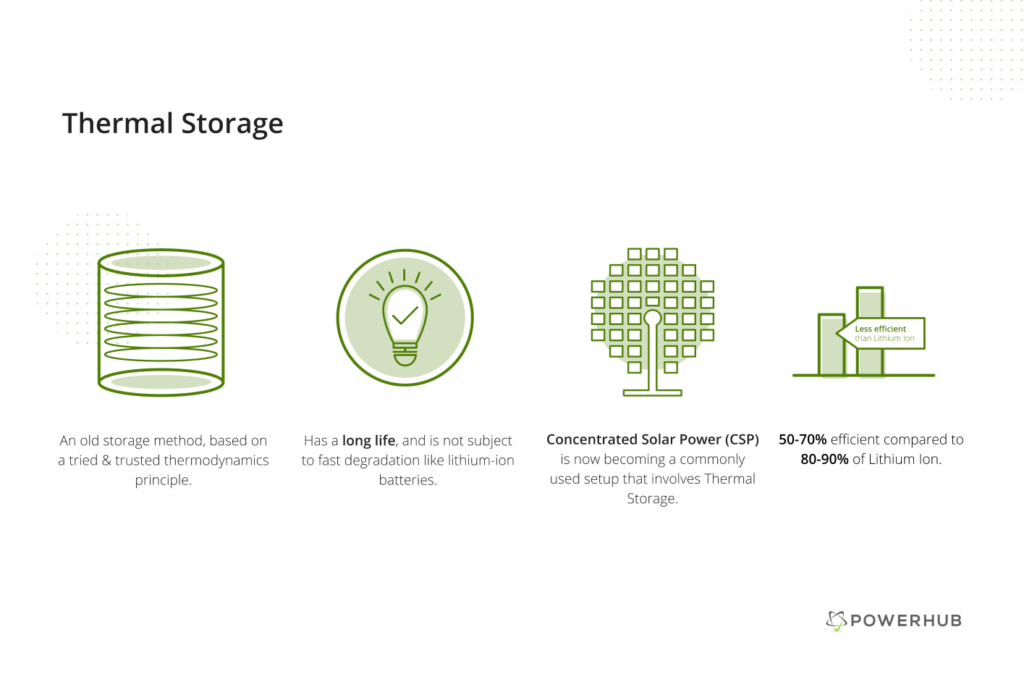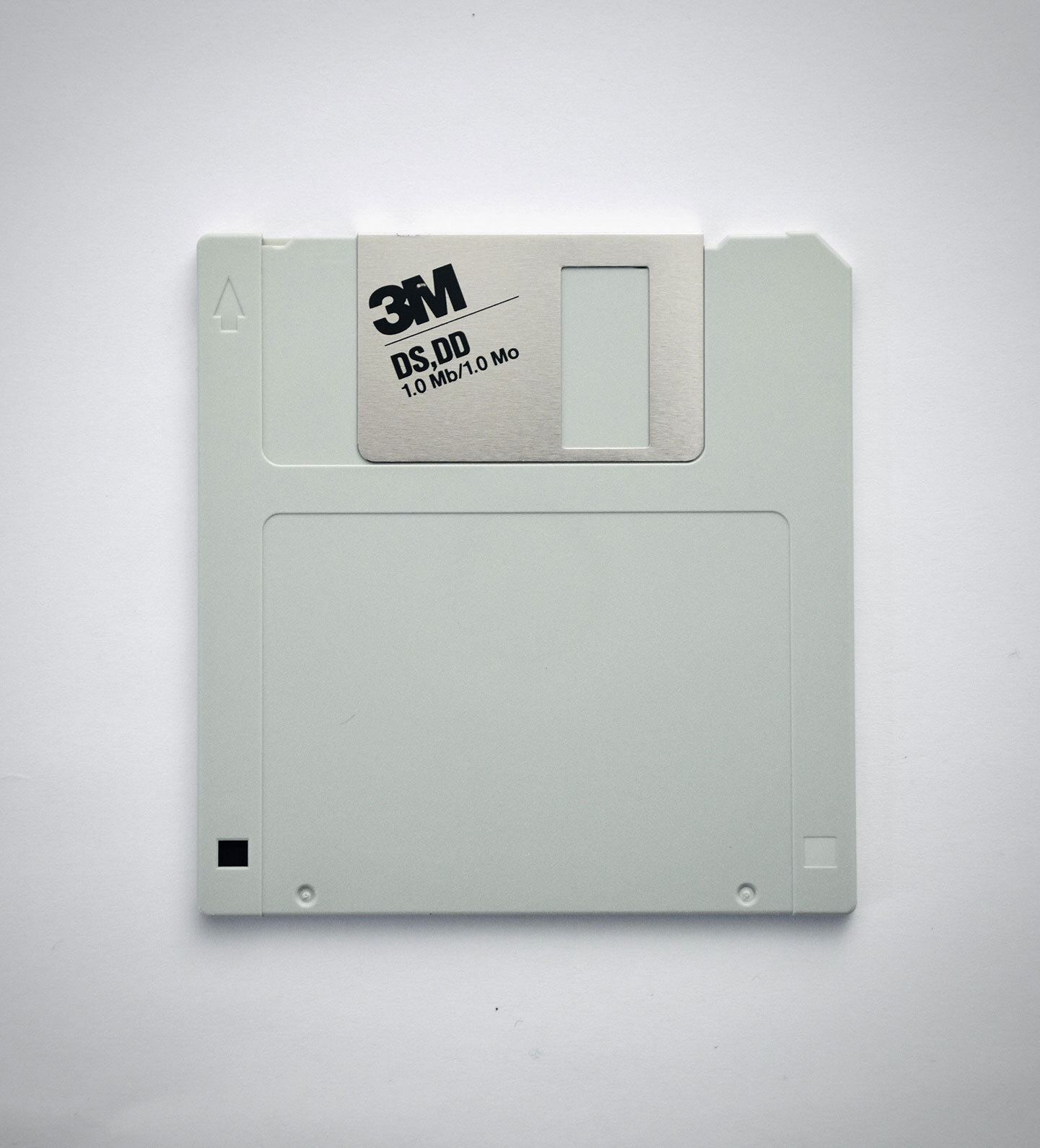The talk of storage for energy asset management raises eyebrows. Makes renewable energy experts sweat. Gives industry gurus goosebumps. Makes critics raise their doubt thresholds. You get it, it’s an exciting subject.
Largely because it’s still in it’s early stages. With some on one end of the spectrum, cheering for advances in storage technology, there’s a quite a few critics on the other end, waving the white flag.
Personally, I love this topic. Why? Because it shows our industry has progressed. Because it shows we are at a point in clean energy generation from where we can see into its future. Apologies, I do tend to get prophetical about energy asset management…
Unlike fossil fuels, our industry faces a dilemma. The sun doesn’t always shine, and the wind doesn’t always blow. But are we on our way to efficient storage? I believe so.
On the storage front of energy asset management, advances are underway as we speak. A recent case in point that speaks volumes of this trend is the transformation of a coal plant in North Dakota. This power facility was turned into a battery farm with 150 hours of storage capacity. We really are stepping on traditional energy’s toes now, aren’t we? Who knew renewables could be so badass!
I want to say it on the record: a decade ago, the surge in clean power disrupted the global power industry. A decade from now, we’ll be saying the same about storage. And this isn’t just a whim. According to extensive research conducted by UBS, the global energy storage market will grow to $426 billion in the next 10 years, with costs expected to plunge by more than 60%.

Types of Storage Options in Energy Asset Management
Battery storage is the key to lowering our dependence on fossil fuels. Since solar and wind are intermittent sources of power, efficient storage can smoothen this intermittency. It can improve the dispatchability and absorption of power, along with eliminating peaks and troughs in our energy grid profiles.
I want to make it clear that this isn’t just any rudimentary storage we’re talking about. Gone are the days of mammoth, mechanical generators tied to large grids. Efficient storage is now synonymous with high-powered systems that use state-of-the-art technologies. These can be monitored remotely, and can be integrated within solar and wind asset management platforms.
I want to talk about two storage solutions today. One that has proven its might, and another that is proving to be a promising prospect in the near future.
Lithium-Ion Storage
Lithium-ion batteries were first developed in the ‘70s, and entered mainstream markets in the ‘90s. In terms of energy asset management, they’ve been around for 10 years, give or take. One of the most common lithium storage solutions comes in the form of Telsa’s Powerwall. A sleek battery pack that provides enough baseload to power a mid-sized home with solar panels.
While I don’t want to debate on the system itself, I do want to make the point below.
With its release in 2015, the Tesla Powerwall changed the world’s perspective towards storage. It made renewable energy storage mainstream. Gave renewable power enthusiasts a ground to further their #gogreen initiatives, and made critics rethink their stance on clean energy. It was definitely a cornerstone moment for the renewables industry.
Today, sunny states like California, Hawaii and Arizona are deploying massive resources to put in place solar and wind plants with lithium ion batteries. Missouri, in particular, is benefiting from a $68 million storage project that will stabilize energy production in its rural areas.

This mass storage marathon has given way to one thing for sure: steadily plummeting costs. Research suggests that the production of these batteries has attracted enough economies of scale. Thus, making their production cheaper than running coal power plants. Consequently, the price for solar plus storage systems will see a decline of 10-15% per year through 2024.
This dip in cost has prompted a number of significant storage projects globally. Take the 129MWh battery storage at the Hornsdale farm in Australia, or the 40MWh storage project in New York State. Such setups are a great example of how storage technology has become such a significant focus of energy asset management.
Hence, it’s clear that lithium-ion batteries are one of the most ubiquitous and mainstream storage solutions on the market. And it’s safe to say that the early adopter phase for these batteries is over. These power banks are the driving force behind renewable energy storage developments. Whether they’re behind the meter, or in the form of gigawatt storage containers tied to grid networks.
Thermal Electricity Storage (TES)
Thermal electricity storage is a relatively old technology in energy management. We have been using heat pumps in some way, shape, or form for hundreds of years.
The TES storage system uses a large-scale heat pump to turn excess electricity to heat. This heat is then stored in an insulated tank that is filled with a heat-storing medium. The medium can be gravel, water, or even salt. Now, when electricity is needed in the evening, the stored heat is turned back to power.
One of the biggest advantages a TES system has is the use of known machines, processes, and parts. The world of power generation has always been well versed with the concept of thermodynamic heating. Hence, channeling these tried and trusted procedures make thermal electricity storage a cheap and scalable storage option.
Moreover, while lithium-ion batteries start degrading right after they are produced, thermal electricity storage systems have a long life. When maintained well, they can last for decades compared to a conventional battery’s lifetime of 8-10 years.

However, are they as efficient as the former? Experts often debate whether a longer life makes up for high levels of losses associated with thermal conversions. So, while lithium ions promise 80-90% efficiency, thermal systems give a 50-70% rate, at best.
You would have come across Concentrated Solar Power (CSP) on our blog. Concentrated Solar Power is a form of thermal electricity storage that stores solar power with molten salt as the medium. It uses curved solar panels to concentrate sunlight and generate power. It then flows through heated tubes into power chambers containing salt.
CPS systems are now installed globally. Morocco is the prime example of a nation that has set up the world’s largest concentrated solar power plant in the Sahara desert, powering 1 million homes using the basic principles of thermal electricity.
The Way Forward in Renewables-Plus
The way forward in this field is, undoubtedly, more focus on utility scale storage.
A type of renewables-plus project that largescale developers are working on includes Hybrid Plants. Think of a solar, wind and battery setup – all on one site, a model that China is aggressively working towards. So, while the battery stores power from solar panels during the day, it does so from wind in the evening. The result is a continuous cycle of energy generation, usage, and storage.
I find this energy asset management dynamics very interesting.
I have to say; the linchpin to any such hybrid projects is collaboration. We’ve talked about this key characteristic in an earlier piece on crisis-proof solar asset management. The same principle applies here. Making batteries commonplace requires a highly collaborative and inclusive approach to energy asset management.
Policymakers, states, regulators, and investors are just some of the key stakeholders that are pooling in resources and expertise to develop reliable and sustainable storage solutions. It is such an ecosystem that has led to the decline in cost of renewable energy storage batteries by half in the past two years.
Therefore, perfecting these storage options is a clear path to bidding farewell to fossil fuels, and future-proofing our reliance on clean power.




